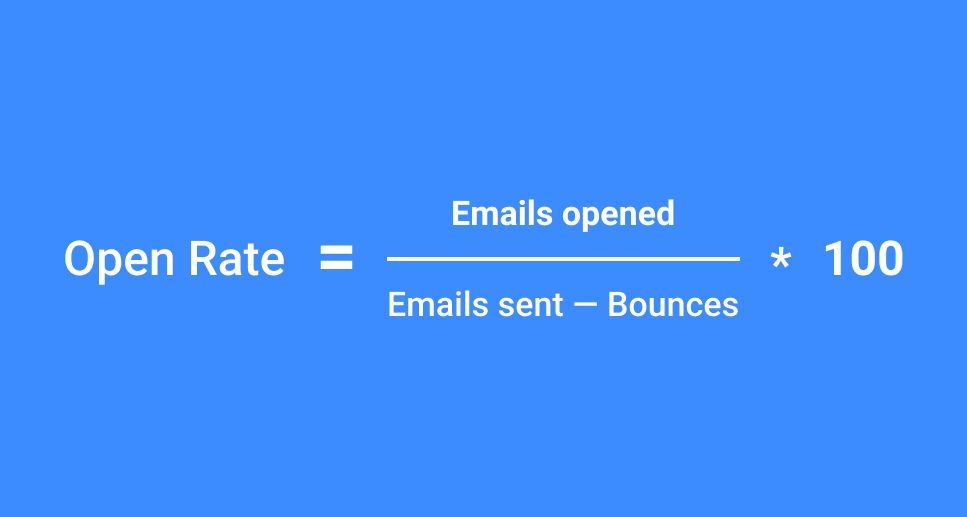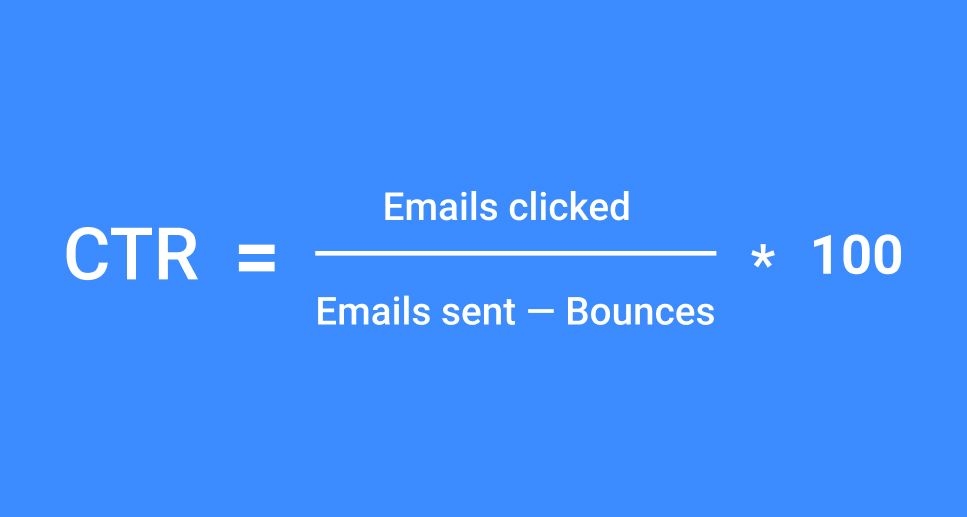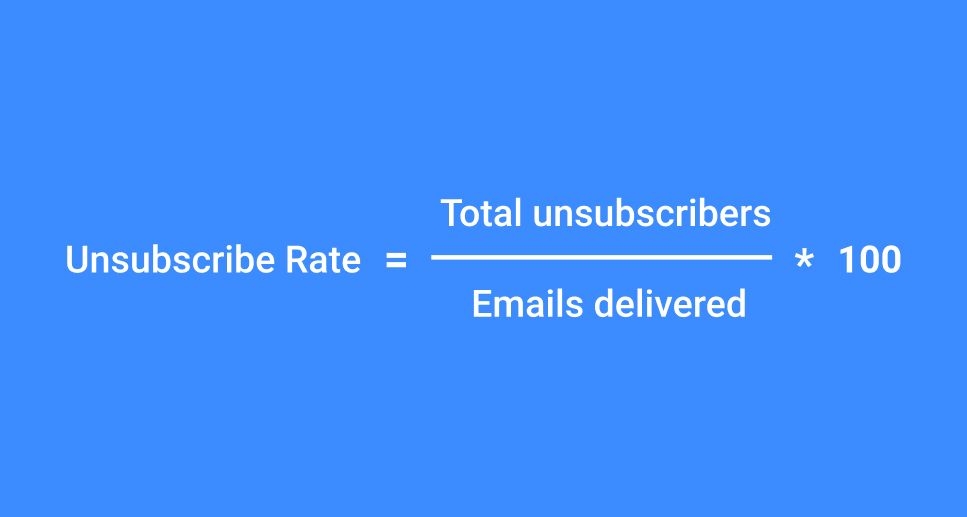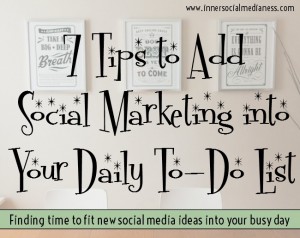Despite the fact that email marketing is one of the oldest forms of inbound marketing, it continues to be one of the most effective. There are many reasons for this, including that with over four billion daily email users, it’s one of the most practical ways to reach someone. Not to mention that email marketing is incredibly cost-effective — email generates an estimated $ 42 for every $ 1 spent, giving it one of the highest returns on investment you could ask for.
However, simply running an email marketing campaign isn’t going to automatically translate to success. The key is to monitor your email marketing efforts so that you can continuously adjust and improve your strategy over the long term. The best way to do this is by analyzing your email marketing metrics. With that in mind, the following are eight of the most important email marketing metrics that you should monitor.
1. Open Rate
According to research, the average email open rate should be between 12-15%. If your open rate is low, it means your subscribers have no interest in the emails you’re sending them and they’re not even bothering to open them. If your subscribers aren’t opening your emails, then there’s no hope in converting them. A low open rate can be indicative of a number of issues, whether it’s bad timing, poorly crafted email subject lines, or email subject matter that’s simply not relevant to your subscribers.

2. Click-Through Rate (CTR)
Once subscribers open your emails, you want to make sure that they’re engaged with your content to the point where they’ll follow any calls-to-action (CTAs) you may have. Your CTR indicates whether or not subscribers are clicking on any of your links or not. If they read your emails but don’t click-through to another page (like your website), it likely means that they weren’t interested in the content, your CTAs weren’t convincing, or the content wasn’t relevant to them.
The average CTR should be between 2-5%. But do not confuse CTR and CTOR (click-to-open rate). How to calculate CTR? Divide the number of users who actually clicked on at least one link by the number of emails delivered. At the same time, CTOR compares the number of people that opened your email to the number that clicked. That’s why the average CTOR should be higher — you’d better keep this metric at 10-22%.

3. Subscribe Rate
Your email list is going to naturally decline over time if you don’t sign up new subscribers at a regular pace. As such, you need to monitor your email subscription rate. If it’s low, it means you need to put more effort into building your list, whether it’s via your content marketing efforts, your social efforts, or your paid advertising campaigns. The higher your subscription rate is, the bigger your pool of potential leads becomes.
4. Unsubscribe Rate
The last thing you want to see is people unsubscribing to your email list. However, monitoring this metric is critical to identifying serious problems with your email strategy. A high unsubscribe rate may mean that you’re attracting poor quality leads — or that your email content just isn’t relevant to your audience.

5. Email Conversion Rate
Your conversion rate tells you how effective your emails are at converting leads. You can compare the conversion rates of different email campaigns, landing pages, CTAs, types of content, and more to determine what types of emails convert highly and what emails don’t to help you plan future email campaigns. How to calculate email conversion rate? Divide the number of people who completed the desired action by the number of total emails delivered. And then multiply the result by 100.
6. Opening Time
The opening time shows you when your subscribers are opening your emails. If you notice that the majority of subscribers open your emails in the evenings — and you’ve been sending out your emails in the afternoons, then you can adjust your strategy to send out your emails closer to when your audience is opening them. Doing so can help boost your open rate and allow you to reach more of your subscribers at the right time.
7. Time Spent Viewing Email
This email marketing metric is only useful if you’re attempting to engage your readers via your emails. It’s not a useful metric if your emails are only a couple of sentences long since your subscribers won’t spend much time on them. However, if you send longer articles, knowing how long subscribers spend viewing your emails will be helpful. If they are spending a lot of time on your email, it means the content is relevant and engaging. If they don’t, it means it’s not.
8. Active Audience
The active audience metric shows you how many subscribers on your list are actually active. A subscriber that hasn’t opened an email from you in months can be considered inactive. You’ll want to remove subscribers who are inactive for long periods of time from your email list every three months or so. If you leave them on, they’ll negatively affect all of your other metrics, making it difficult to analyze them effectively.
Conclusion
Email analytics are crucial to any successful email marketing campaign. You’re going to find that there are hundreds of different email metrics out there that you can monitor. Some may be more useful to you than others, but these are a few of the absolute essential email marketing metrics that you should track.
The article was originally published here.
Digital & Social Articles on Business 2 Community
(19)
Report Post







